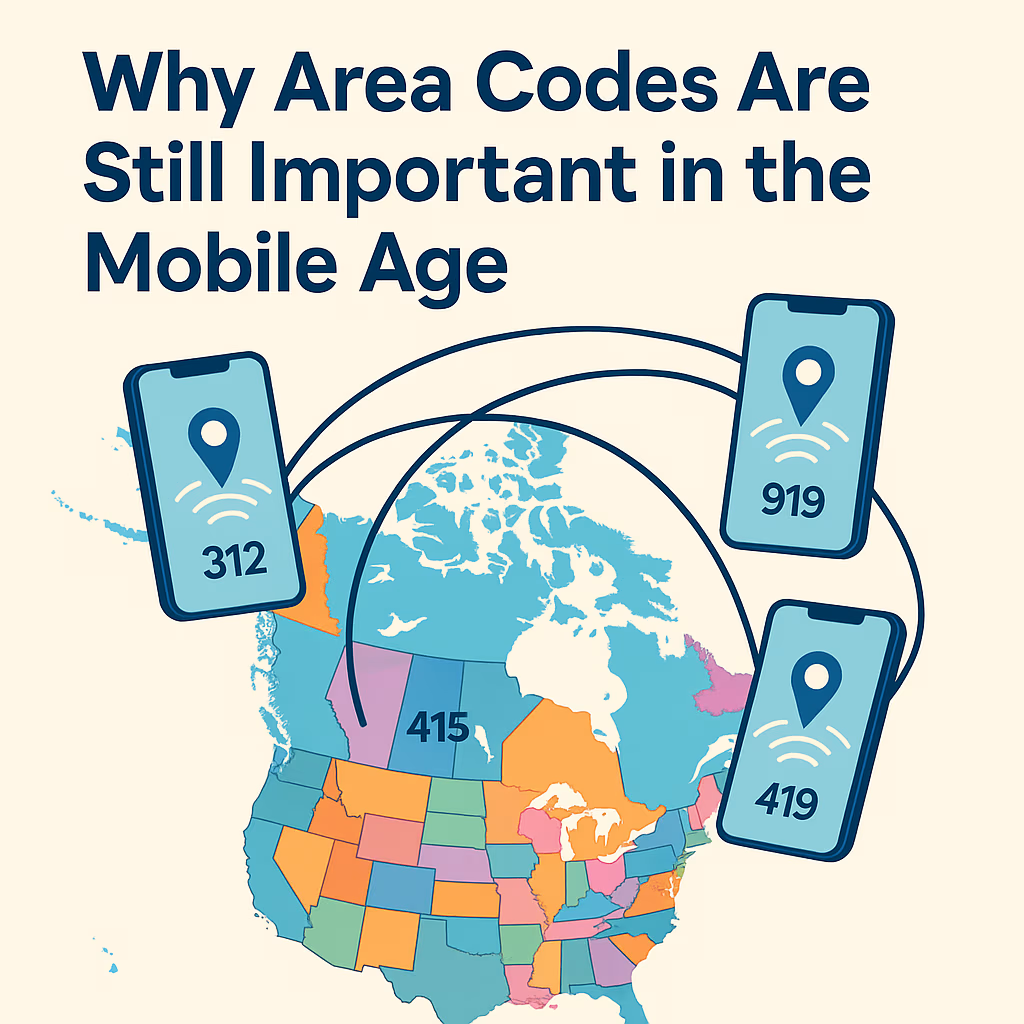
Why Area Codes Are Still Important in the Mobile Age
In a world dominated by mobile phones, messaging apps, and VoIP services, the classic telephone area code might seem like a relic of the past. But in reality, area codes are more relevant than ever. Far beyond just routing phone calls, they now serve important roles in regional identity, location-based services, and even business credibility.
As communication technology has evolved, area codes have transformed from technical necessities into cultural and practical signifiers that influence how we connect, do business, and understand geography.
A Digital Marker of Regional Identity
Even as mobile numbers travel with us, the area codes attached to them often stay the same. That means your area code becomes a badge of where you’re from—a marker of your roots and identity. People hold onto their original area codes even after moving states or switching carriers.
For example, having a 212 number in New York City carries prestige, while a 310 number in Los Angeles is almost iconic. Area codes are now part of local pride and regional culture, featured in music, art, and fashion. They help form a digital connection to your hometown.
Business Trust and Local Credibility
For businesses, having a local area code can significantly impact how potential customers perceive them. Even in an era of toll-free and mobile-friendly communication, people are more likely to answer a call or trust a message from a familiar local number.
Local area codes suggest proximity, trustworthiness, and accessibility. They can also support regional marketing efforts by making businesses appear truly embedded in the community—even if their operations are remote or nationwide.
Still Crucial for Call Routing and Management
Behind the scenes, area codes are essential to the telecommunications infrastructure. They help telecom providers organize number assignments, balance call volumes, and manage regional demand. As mobile usage has grown, so has the number of area codes—with overlays and splits becoming more common to handle the need for new numbers.
Without this structure, routing calls accurately and managing regional traffic would be chaotic. Area codes provide order in a vast network of wireless communication.
In short, area codes remain vital in the mobile age. They blend the past with the present—offering both technical utility and cultural significance. Whether you’re a business owner, traveler, or proud local, your area code still says something meaningful.
🔎 Discover more about your area code at AreaCodeMaps.com and explore the map to see how your number connects to the broader North American network.